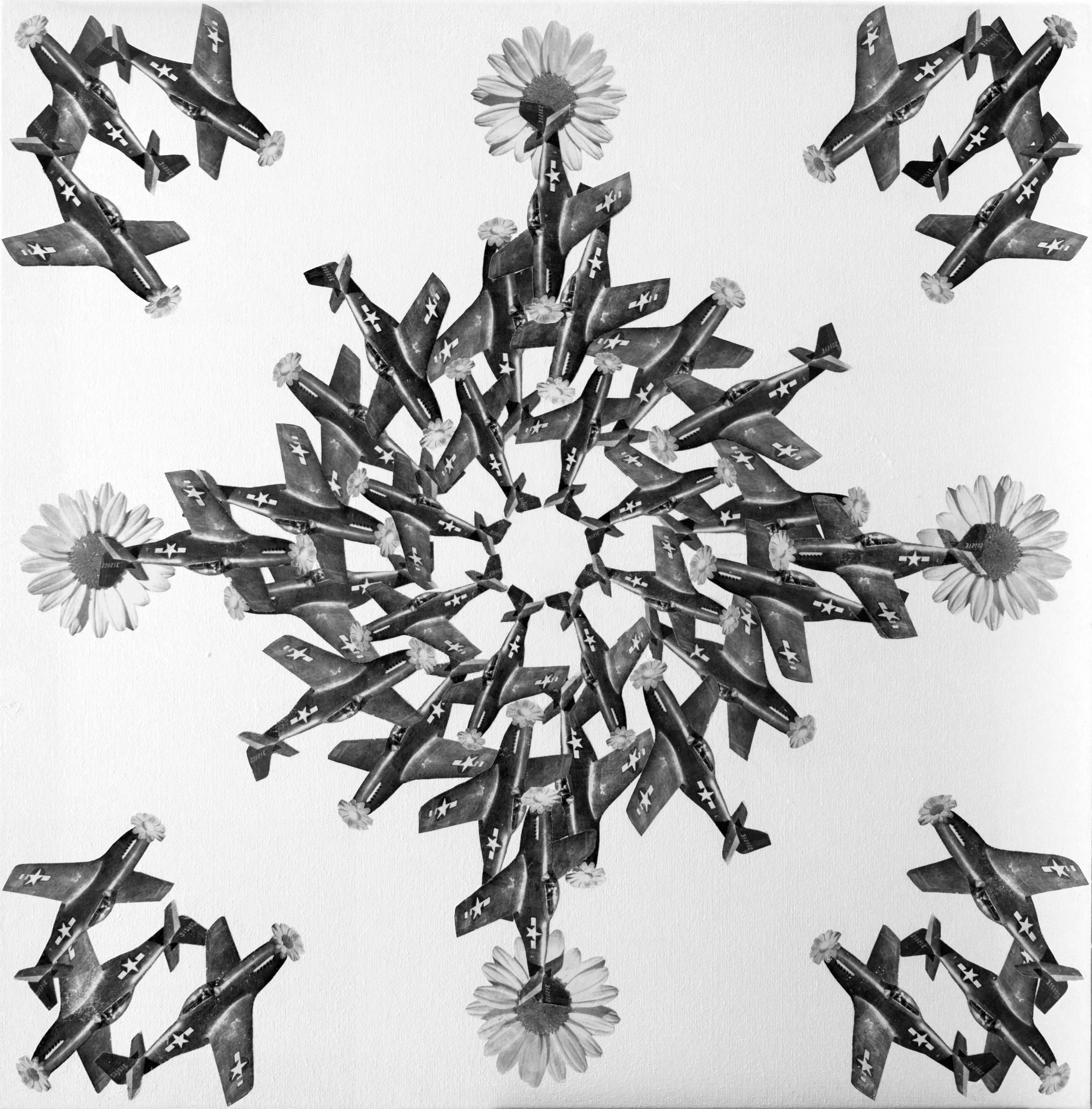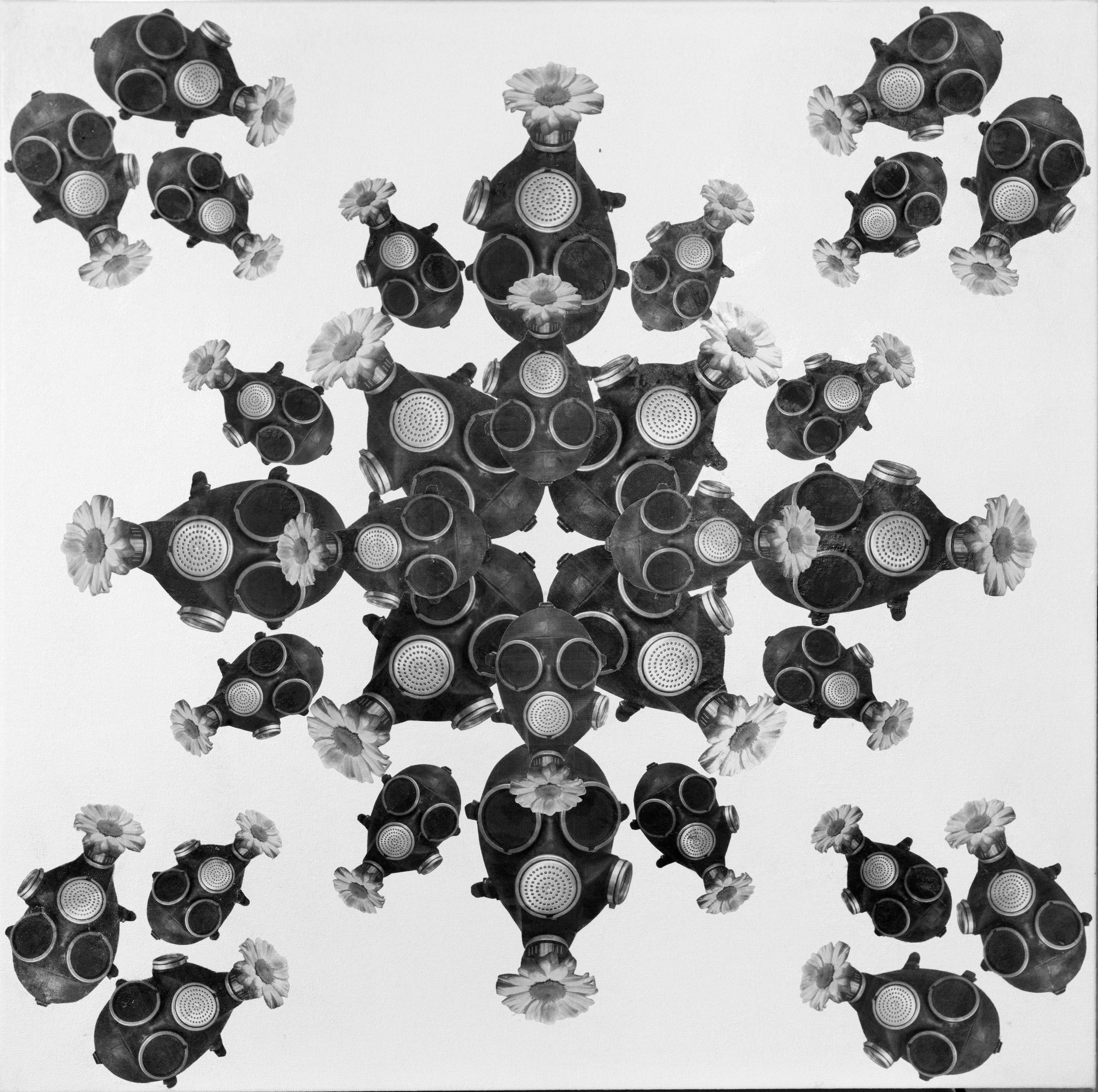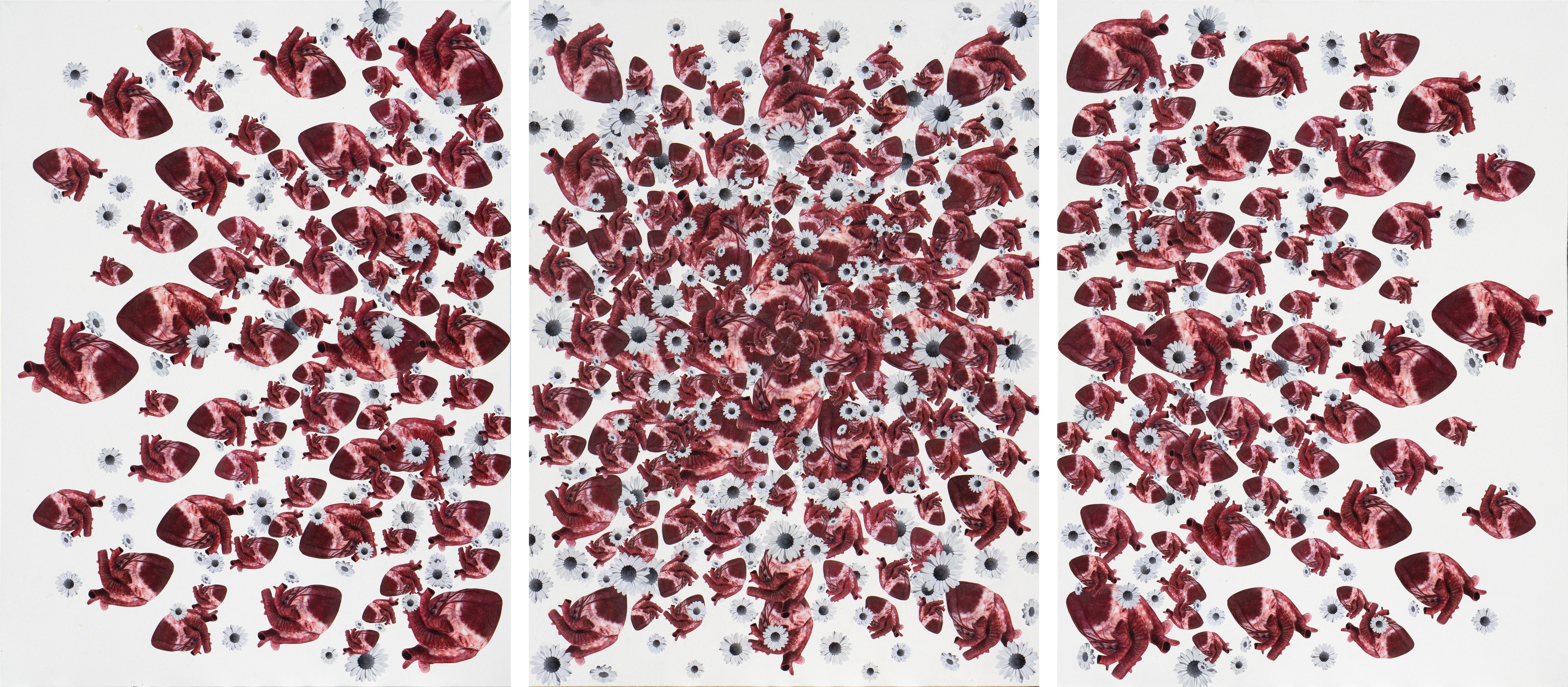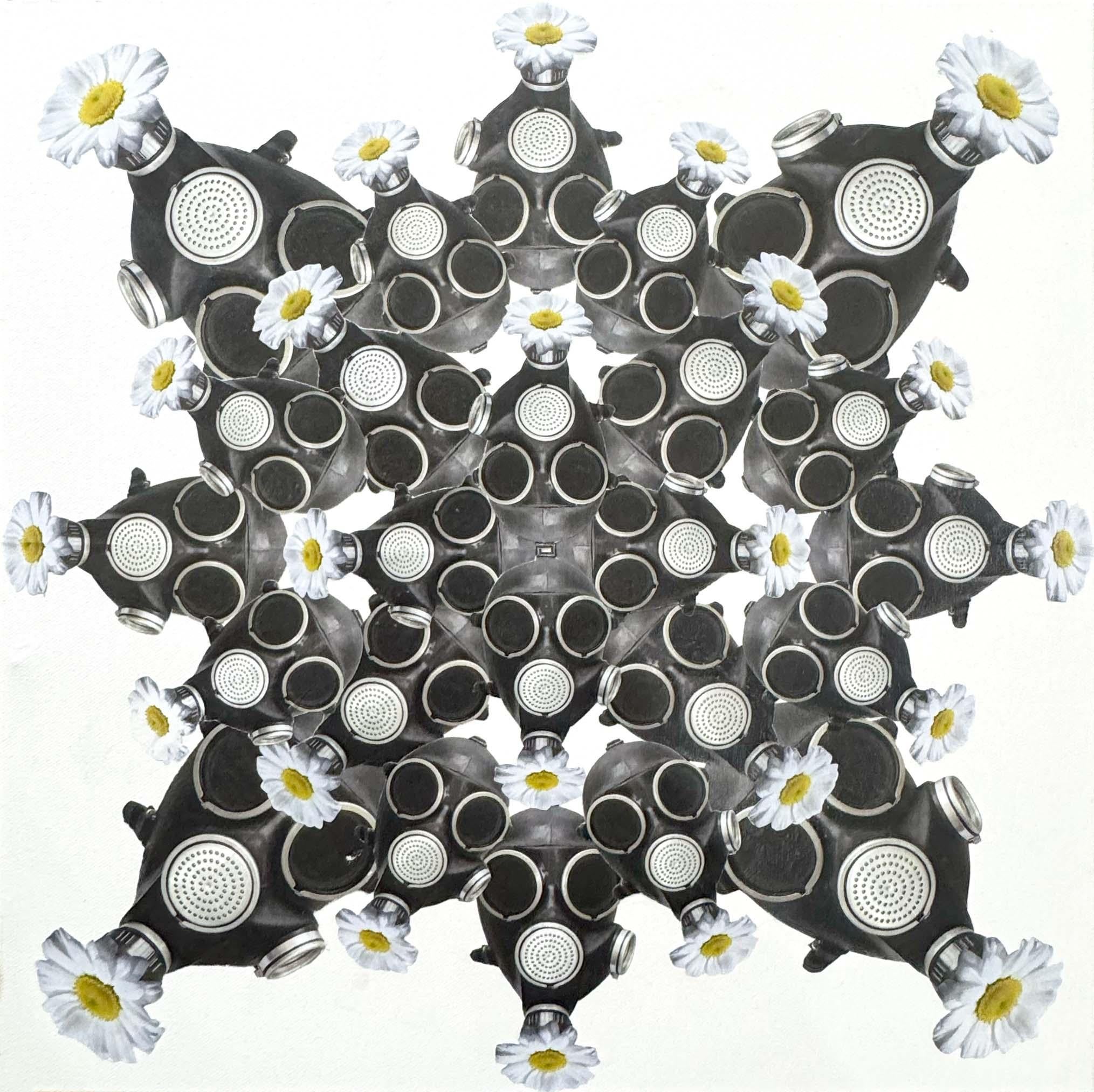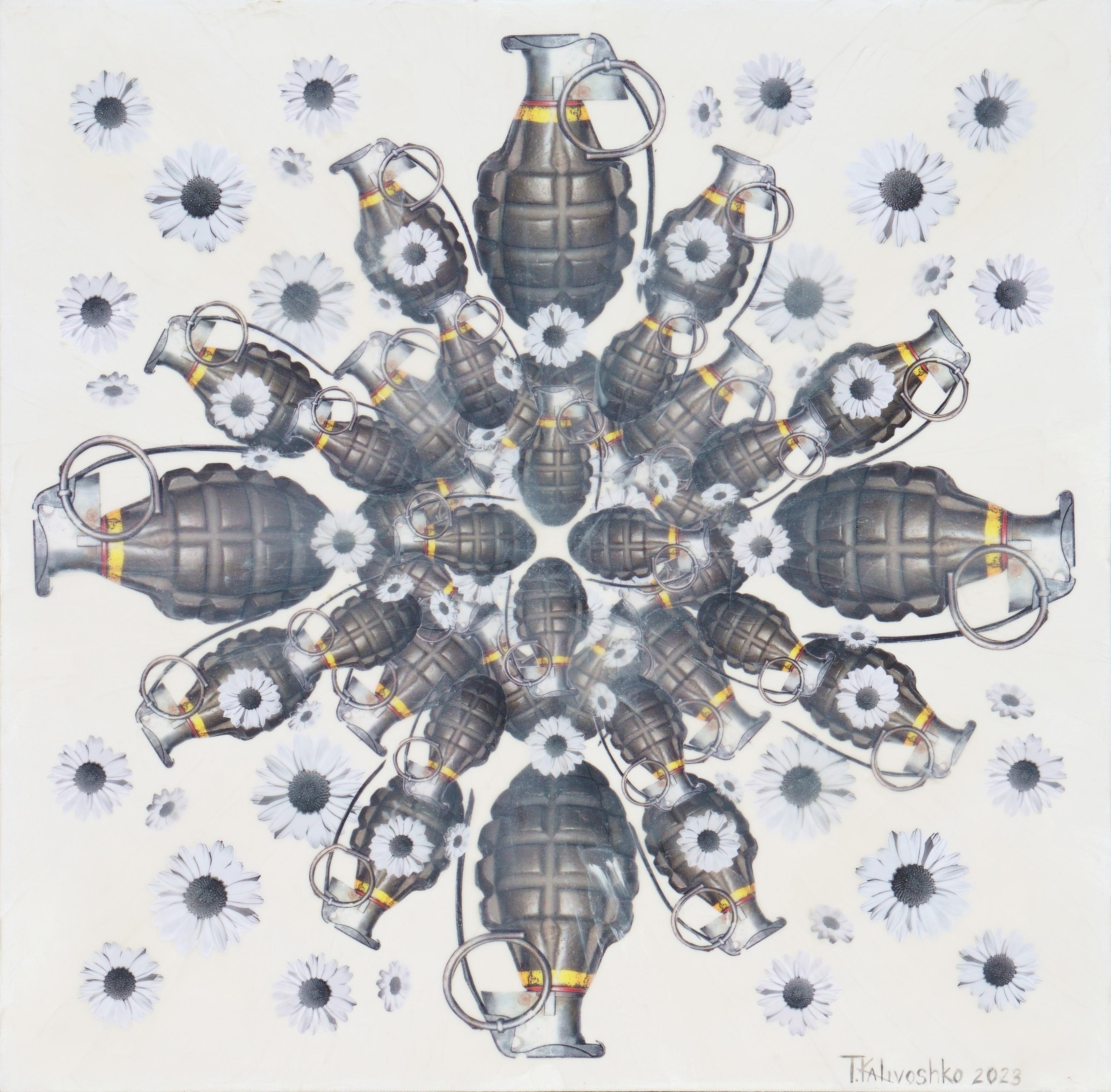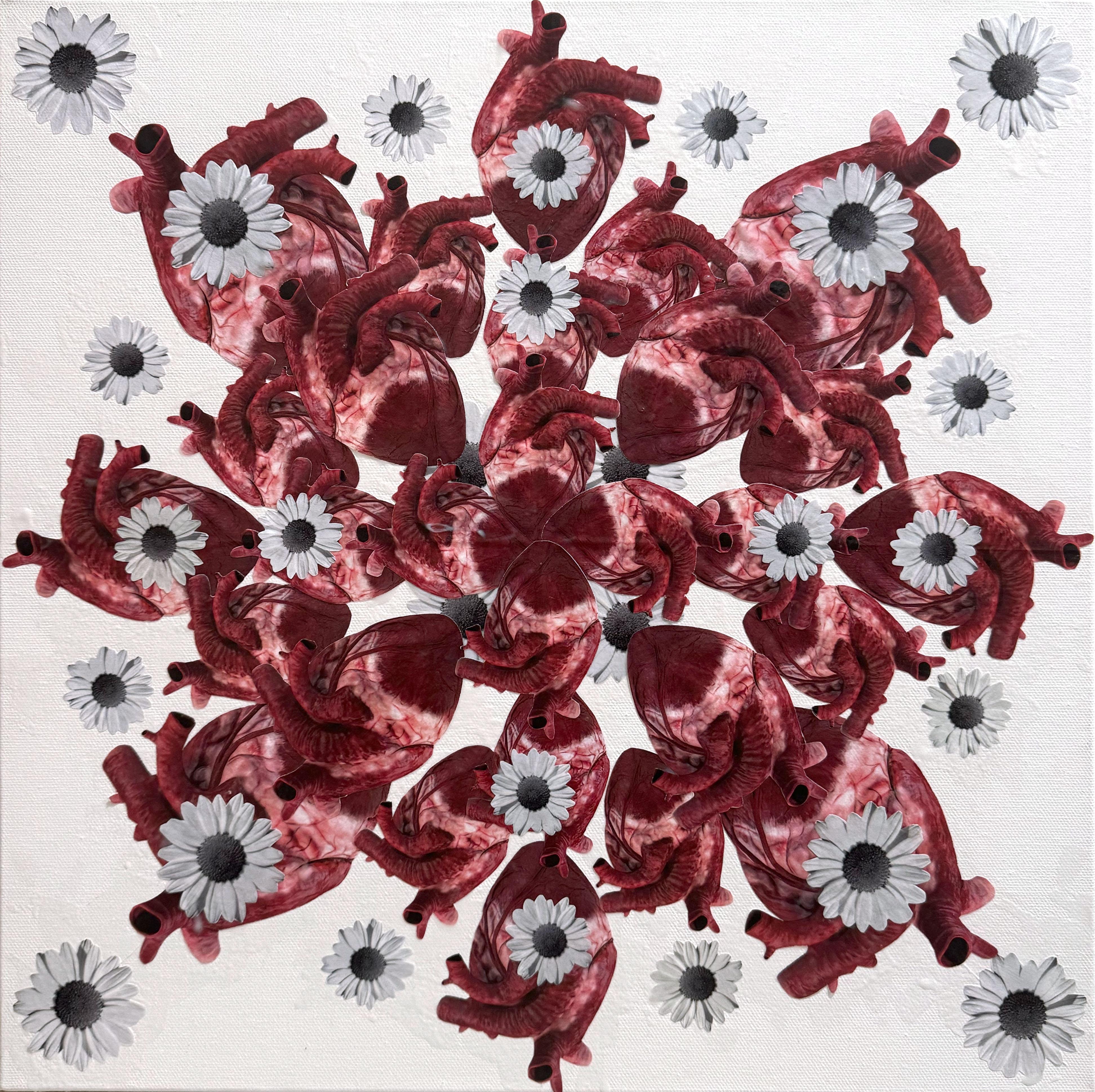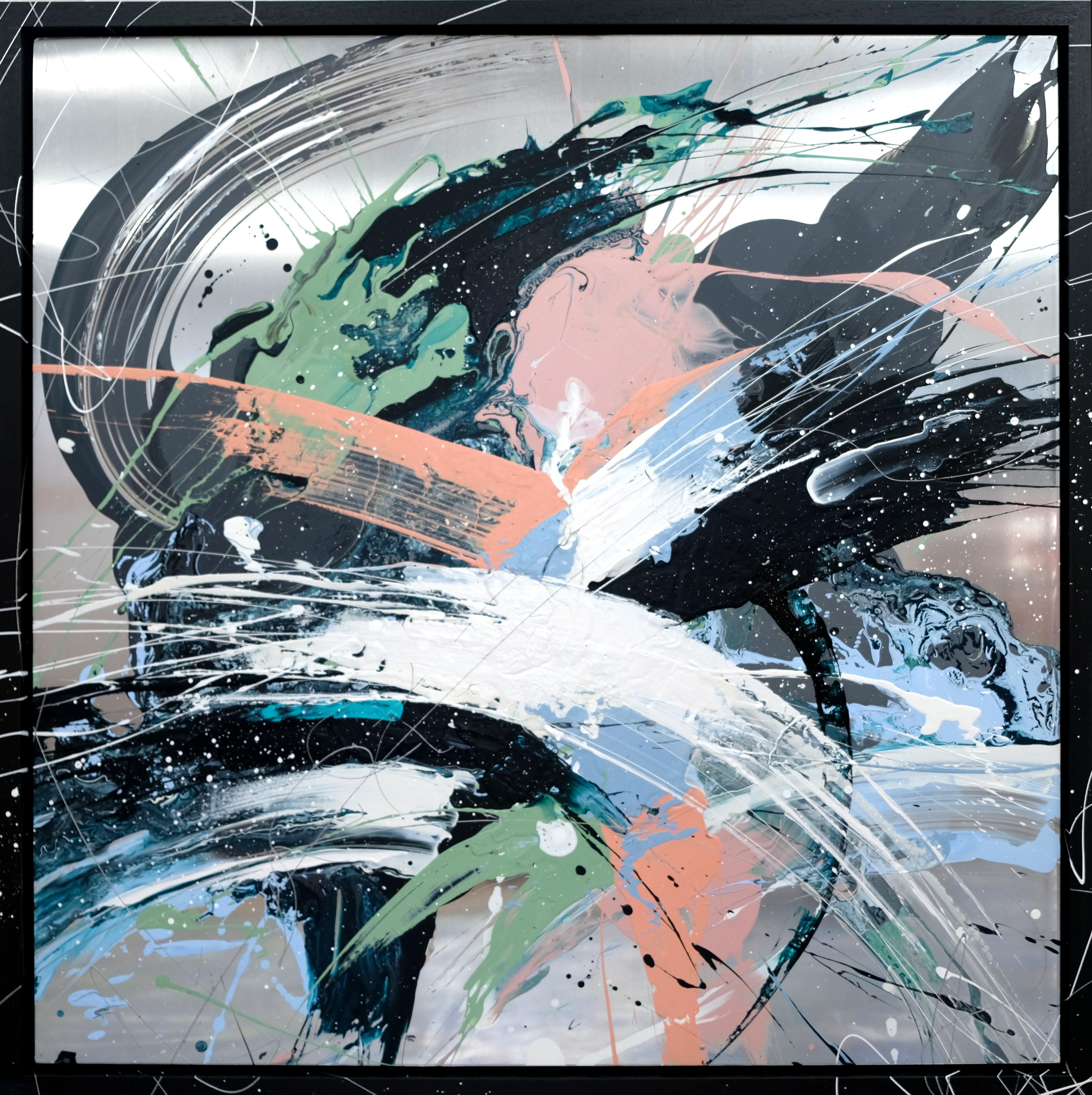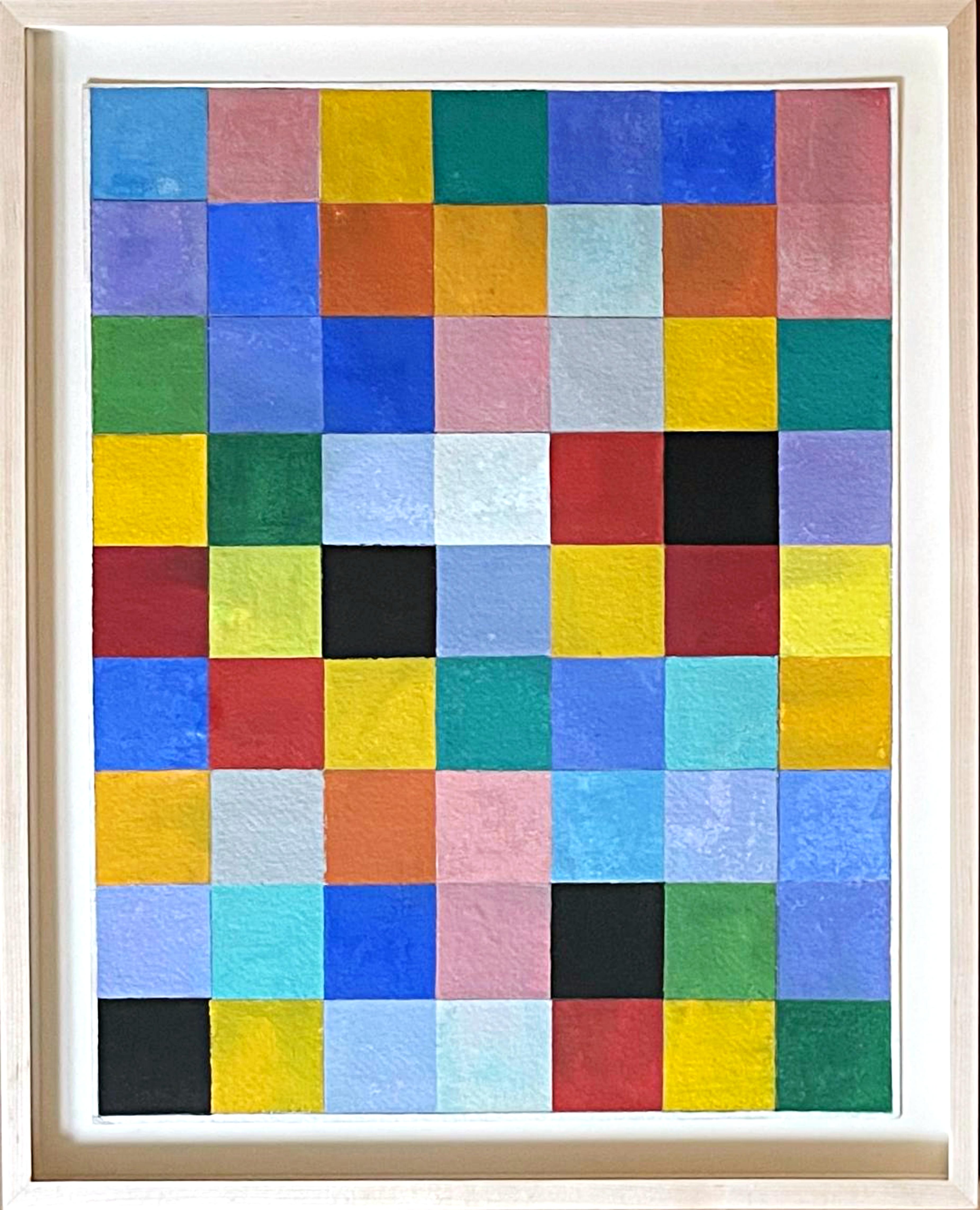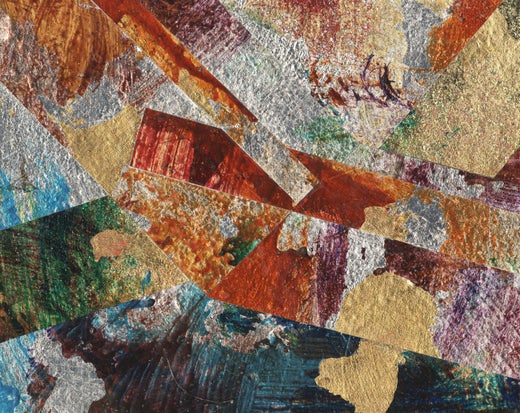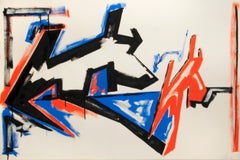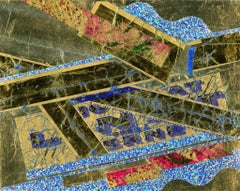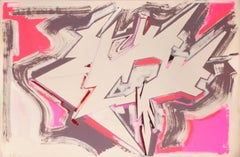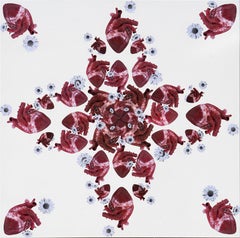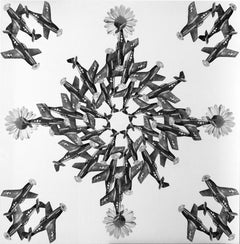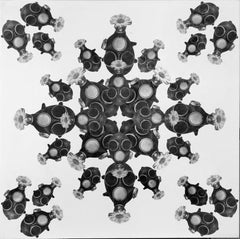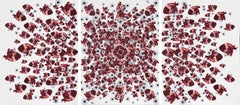
Untitled
View Similar Items
Want more images or videos?
Request additional images or videos from the seller
1 of 5
Peter MarksUntitledc. 2003-4
c. 2003-4
$1,350List Price
About the Item
- Creator:Peter Marks (1935 -2010, American)
- Creation Year:c. 2003-4
- Dimensions:Height: 8 in (20.32 cm)Width: 9.5 in (24.13 cm)
- Medium:
- Movement & Style:
- Period:
- Condition:
- Gallery Location:Fairlawn, OH
- Reference Number:Seller: FA85671stDibs: LU140650332
Peter Marks
Peter Marks (1935 -2010) Peter Marks was born in New York City on January 18, 1935. A lifetime New Yorker, Marks graduated from the High School of Music and Art in 1952 and Amherst College in 1956. After a brief stint as a graphic designer in publishing, Marks became a private art dealer and opened his gallery Peter Marks Works of Art, Inc. in 1960. During this time he specialized in the sale of Southeast Asian and Islamic antiquities and made many contributions to the field both as a dealer and an advocate of his profession. Above all, Marks was motivated by a strong desire to find great art and make it available to large audiences. After retiring from art dealing in 2002, Marks transformed his Manhattan gallery space into a studio where he drew prolifically and painted large non-objective canvasses. This time in his studio was a happy one for Marks, who viewed this period of his life not as retirement, but rather fulfillment, a fact that is confirmed by passionate artistic output in the years leading up to his passing in 2010. In 2012, Thomas French Fine Art acquired a large number of works by Peter Marks and now represents the estate. Works by the artist are in the Swope Art Museum, Terre Haute, Terre Haute, Indiana and the Stanley Museum of Art, Iowa City, Iowa.
About the Seller
5.0
Recognized Seller
These prestigious sellers are industry leaders and represent the highest echelon for item quality and design.
Gold Seller
Premium sellers maintaining a 4.3+ rating and 24-hour response times
Established in 1978
1stDibs seller since 2013
795 sales on 1stDibs
Typical response time: 1 hour
Associations
International Fine Print Dealers Association
Authenticity Guarantee
In the unlikely event there’s an issue with an item’s authenticity, contact us within 1 year for a full refund. DetailsMoney-Back Guarantee
If your item is not as described, is damaged in transit, or does not arrive, contact us within 7 days for a full refund. Details24-Hour Cancellation
You have a 24-hour grace period in which to reconsider your purchase, with no questions asked.Vetted Professional Sellers
Our world-class sellers must adhere to strict standards for service and quality, maintaining the integrity of our listings.Price-Match Guarantee
If you find that a seller listed the same item for a lower price elsewhere, we’ll match it.Trusted Global Delivery
Our best-in-class carrier network provides specialized shipping options worldwide, including custom delivery.More From This Seller
View AllUntitled
By Dennis Ashbaugh
Located in Fairlawn, OH
Untitled (Abstraction)
Mixed media on paper, 1980
Signed and dated 1980 lower right (see photo)
Condition: Excellent, unframed
Sheet size: 31 1/2 x 47 1/2 inches
Provenance: Jan Cowl...
Category
1980s Abstract Expressionist Abstract Paintings
Materials
Mixed Media
Spiral of Time II
By Harry Nadler
Located in Fairlawn, OH
Spiral of Time II
Mixed media with acrylic on paper, 1986
Signed lower right (see photo)
Condition: Excellent
Image size: 35 x 15 1/2 inches
Provenance: Peter Marciniak, New Hampshir...
Category
1980s Abstract Abstract Paintings
Materials
Mixed Media
Untitled
By Peter Marks
Located in Fairlawn, OH
Untitled
Acrylic with gold leaf on canvas, metallic foil and glitter paper collage mounted on paper, c. 2003-2004
Unsigned
Provenance: Estate of...
Category
Early 2000s Abstract Abstract Paintings
Materials
Mixed Media
$600 Sale Price
50% Off
Untitled
By Dennis Ashbaugh
Located in Fairlawn, OH
Untitled
Mixed media on paper, 1981
Signed and dated 1981 lower left (see photo)
Provenance:
Knoedler Gallery, New York (label)
Charles Cowles Gallery, New York
The Collection of Jan...
Category
1980s Abstract Abstract Paintings
Materials
Mixed Media, Gouache
untitled
By Dennis Ashbaugh
Located in Fairlawn, OH
Untitled
Mixed media on paper, 1979
Signed and dated ‘79 lower right (see photo)
Sheet size: 31 1/2 x 48"
Frame: 34 1/4 x 50 1/4"
Provenance:
Members Gallery, Albright-Knox Art Galle...
Category
1970s Abstract Abstract Paintings
Materials
Mixed Media, Oil
Untitled (six vignettes)
By Pierre Courtin
Located in Fairlawn, OH
Signed lower center edge
Annotated verso: “5 Juin 1966
_____ et de soleil, de et d’oseille”
Image: 6 3/4 x 4 5/8"
Frame: 14 1/2 x 12 3/4"
Finishe...
Category
1960s Abstract Abstract Drawings and Watercolors
Materials
Watercolor, Gouache
You May Also Like
"Heart Mandala #2" 36" x 36" inch by Tetiana Kalivoshko
By Tetiana Kalivoshko
Located in Culver City, CA
"Heart Mandala #2" 36" x 36" inch by Tetiana Kalivoshko
Mixed media collage
THE SPRING WAR COLLECTION
Finding light and hope during time of war and despair is the message Tetiana ...
Category
21st Century and Contemporary Abstract Abstract Paintings
Materials
Canvas, Mixed Media
"Free Flight Mandala #4" 24" x 24" inch by Tetiana Kalivoshko
By Tetiana Kalivoshko
Located in Culver City, CA
"Free Flight Mandala #4" 24" x 24" inch by Tetiana Kalivoshko
Mixed media collage
THE SPRING WAR COLLECTION
Finding light and hope during time of war and despair is the message Te...
Category
21st Century and Contemporary Abstract Abstract Paintings
Materials
Canvas, Mixed Media
"Breath Mandala #3" 24" x 24" inch by Tetiana Kalivoshko
By Tetiana Kalivoshko
Located in Culver City, CA
"Breath Mandala #3" 24" x 24" inch by Tetiana Kalivoshko
Mixed media collage
THE SPRING WAR COLLECTION
Finding light and hope during time of war and despair is the message Tetiana...
Category
21st Century and Contemporary Abstract Abstract Paintings
Materials
Canvas, Mixed Media
"Big Heart (triptych)" 48" x 108" inch by Tetiana Kalivoshko
By Tetiana Kalivoshko
Located in Culver City, CA
"Big Heart (triptych)" 48" x 108" inch by Tetiana Kalivoshko
Mixed media collage
THE SPRING WAR COLLECTION
Finding light and hope during time of war and despair is the message Tet...
Category
21st Century and Contemporary Abstract Abstract Paintings
Materials
Mixed Media, Canvas
"Explosion Mandala" 24" x 24" inch by Tetiana Kalivoshko
By Tetiana Kalivoshko
Located in Culver City, CA
"Explosion Mandala" 24" x 24" inch by Tetiana Kalivoshko
Mixed media collage
THE SPRING WAR COLLECTION
Finding light and hope during time of war and despair is the message Tetiana...
Category
21st Century and Contemporary Abstract Abstract Paintings
Materials
Canvas, Mixed Media
"Breath Mandala #5" 16" x 16" inch by Tetiana Kalivoshko
By Tetiana Kalivoshko
Located in Culver City, CA
"Breath Mandala #5" 16" x 16" inch by Tetiana Kalivoshko
Mixed media collage
THE SPRING WAR COLLECTION
Finding light and hope during time of war and despair is the message Tetiana...
Category
21st Century and Contemporary Abstract Abstract Paintings
Materials
Canvas, Mixed Media
